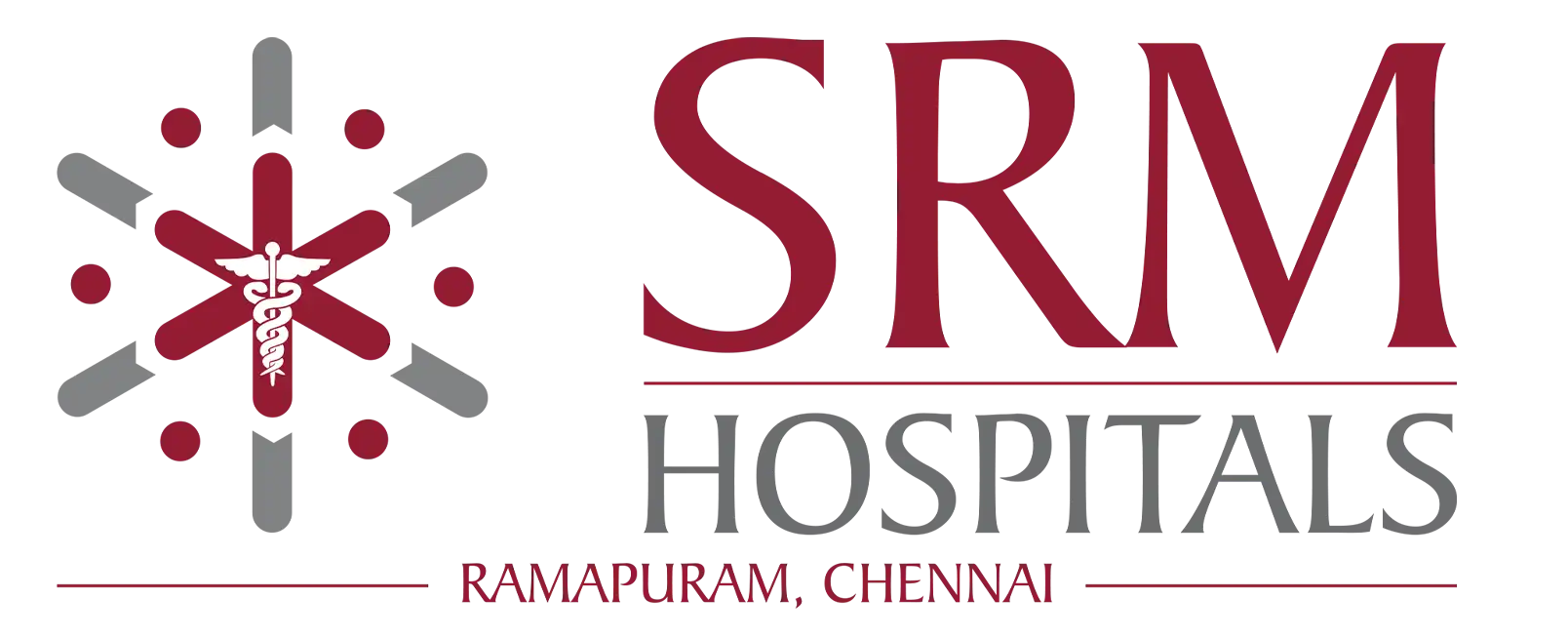What is Voice – Vocal Tone and Issue ?
Voice is produced by the vibration of vocal cords. When these vocal cords do not vibrate properly, vocal tone issues like a difference in the pitch, volume, tone, depth, and other qualities of voice occur. The abnormal vocal cord vibrations may be due to the growth of extra tissue near the vocal cords, inflammation, irritation, infection or pathologies, hormonal imbalances vocal overuse, or misuse. All of these conditions lead to change in the morphology which in turn leads to decreased or increased space for the airflow. Some common vocal tone issues are vocal paralysis (where vocal cords have become completely or partially numb), laryngitis (swelling of the windpipe), spasmodic dysphonia (where the vocal cords spasm abnormally due to disrupted nerve response), and more. The condition may present as scratchy, breathy, quivering, too high, or too low a voice.
- Hemodialysis is a treatment to filter wastes and water from your blood, as your kidneys.
- Did when they were healthy. Hemodialysis helps control blood pressure and balance.
- Important minerals, such as potassium, sodium, and calcium, in your blood.
- Hemodialysis can help you feel better and live longer, but it’s not a cure for kidney failure.
- You may be able to do hemodialysis at home. Normally, hemodialysis begins well before your kidneys have shut down to the point of causing life-threatening complications.




